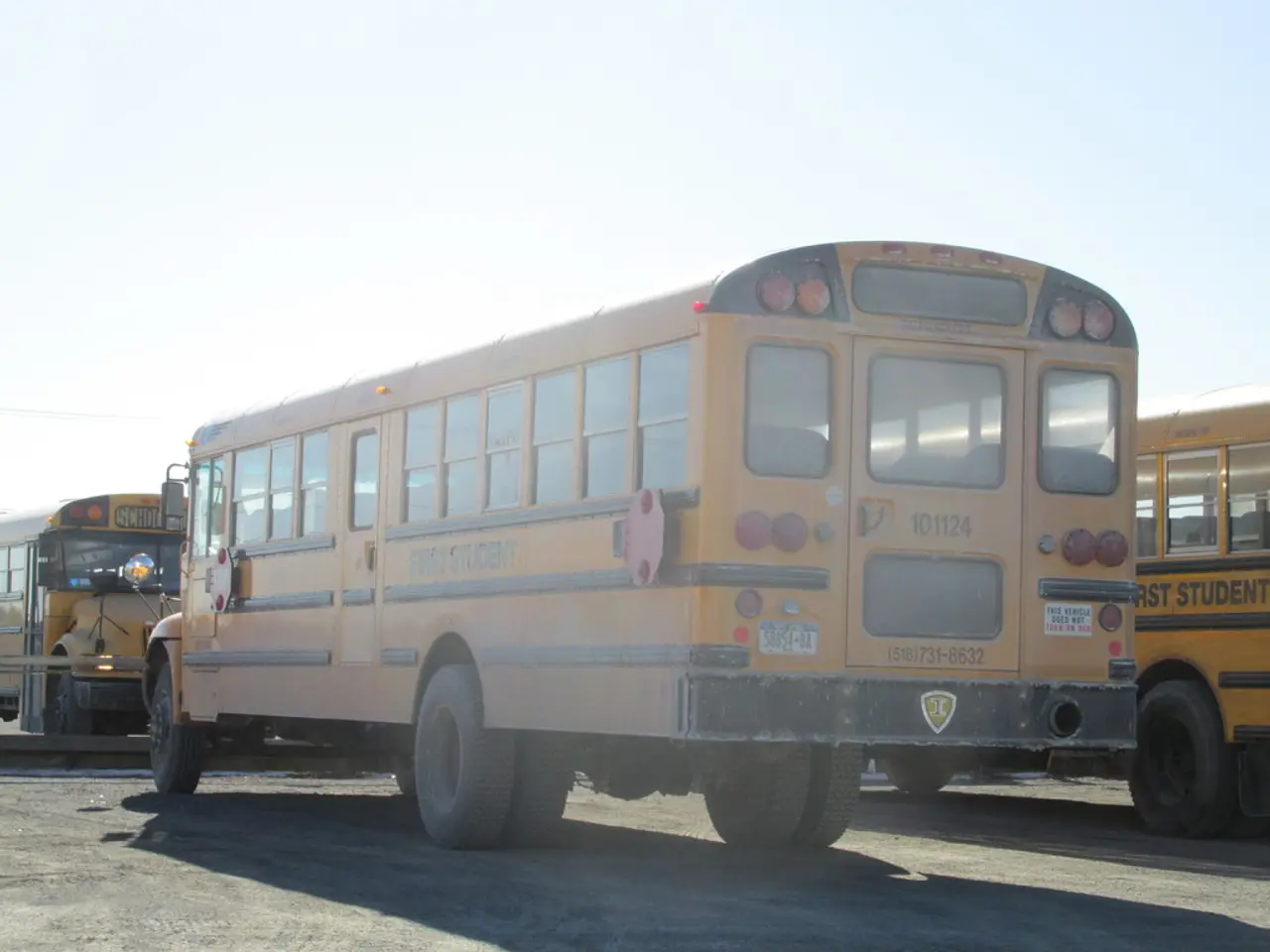FCC Ends School Bus Wi-Fi Funding, Sparking Digital Divide Concerns
The Federal Communications Commission (FCC) has voted to end federal funding for school bus Wi-Fi and off-campus internet speed test hotspots, a move that could exacerbate the digital divide for low-income students. The decision, led by FCC Chairman Brendan Carr, was opposed by some senators and sparked concerns about access to education for disadvantaged children.
The FCC estimates that between 8.5 million and 16 million school children nationwide lack broadband internet at home. School bus Wi-Fi programs were seen as a solution to this issue, providing internet access to students during their commute. However, the FCC found that these programs did not serve an educational purpose and conflicted with the E-Rate program rules, which require all funded communications devices to comply with the Child Internet Protection Act (CIPA).
The FCC's decision was opposed by Sen. Edward Markey, who led a letter to FCC Chairman Carr asking him to continue allowing school bus Wi-Fi to be an allowable E-Rate expense. Sen. Ted Cruz, however, led a Congressional Review Act (CRA) through the Senate to end federal funding of external hotspot devices sent home with students. The FCC voted 2-1 to end E-Rate eligibility of school bus Wi-Fi and other off-campus internet speed test hotspots, with only one week's notice of the meeting agenda change and no opportunity for public comment.
The FCC's decision to end federal funding for school bus Wi-Fi and off-campus internet speed test hotspots has raised concerns about the digital divide and access to education for low-income students. While the FCC maintains that these programs do not serve an educational purpose, opponents argue that they provide a crucial service for students without home internet access. The impact of this decision on students and the digital divide remains to be seen.
Read also:
- Tata Motors Establishes 25,000 Electric Vehicle Charging Stations Nationwide in India
- Tesla's Nevada workforce has escalated to a daily output of 1,000 Powerwall units.
- AI-Enhanced Battery-Swapping Station in Southeast Asia Officially Opens Its Doors
- Honda unveils blueprint for design, advanced driver assistance systems, electric vehicles, fuel efficiency, and technology development








